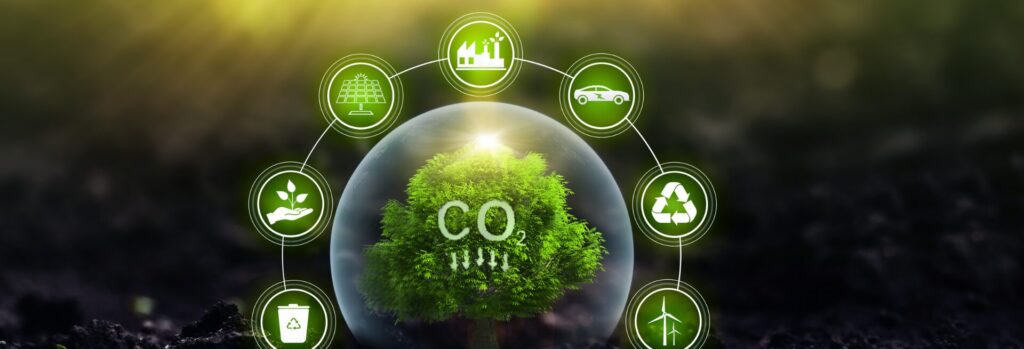The Role of Brain-Implanted Chips in the Future
Will brain-implanted chips be a norm in the future? In this article we explore the development of...

The new Carbon Capture, Utilization, and Storage (CCUS) Investment Tax Credit (ITC) presents a fantastic opportunity for cleantech and sustainable businesses in Canada. This refundable tax credit is designed to support investments in technologies and infrastructure that capture, utilize, and store carbon dioxide, helping to reduce greenhouse gas emissions and promote a cleaner economy. Here’s everything you need to know to help you apply for the CCUS ITC and optimize your cashflow.
The CCUS ITC is a refundable tax credit available to taxable Canadian corporations. It aims to encourage investment in carbon capture, utilization, and storage projects. Eligible expenditures can receive up to:
The credit applies to expenditures incurred between January 1, 2022, and December 31, 2030. From January 1, 2031, to December 31, 2040, the rates are halved, and no credits are available after 2040.
– Equipment that:
Eligible “CCUS projects” support a “CCUS process” by
Additionally, the project must have a project plan that:

1. Identify Eligible Projects
Ensure your project supports the capture of carbon dioxide that would otherwise be released into the atmosphere, transport the captured carbon, or store/use it in a beneficial way.
2. Prepare a Project Plan
The plan should describe the expected quantity of captured carbon and its intended use, either for storage or utilization. It must be submitted to the Minister of Natural Resources before commercial operations begin.
3. Determine Qualified Expenditures
Identify and categorize your project’s expenditures. Qualified expenditures include:
Ensure these items are used solely for the CCUS process and meet the eligibility criteria.
4. File Your Claim & Reap the Rewards
When you file your annual tax return, include the details of your qualified expenditures and the project plan. If your credit exceeds your tax payable, you will receive a refund, as this is a refundable tax credit.
Ensure ongoing compliance with the CCUS project plan and monitor the eligible use percentage. The credit can be subject to recapture if the property is converted to non-CCUS use, exported from Canada, or disposed of within a specific period. Additionally, ensure to stay updated. Legislation and guidelines around CCUS ITC can evolve.
The CCUS ITC not only offers substantial financial support but also positions your business as a leader in sustainable practices. By investing in carbon capture, utilization, and storage technologies, you contribute to environmental stewardship while optimizing your cash flow and fostering growth.
To maximize your tax return, set up a consultation with our experts for free! In addition to helping you secure this tax credit, our experts can connect you with additional funding options, contact us.
Sources:
Explore our latest insights
More arrow_forward
Will brain-implanted chips be a norm in the future? In this article we explore the development of...

Writing a grant proposal is a difficult task for business owners but it is a task that should not...

The new clean investment tax credits have the potential to make a significant impact on Canadian ...

What's next in the world of business funding? We've analyzed the data and discovered the emergenc...